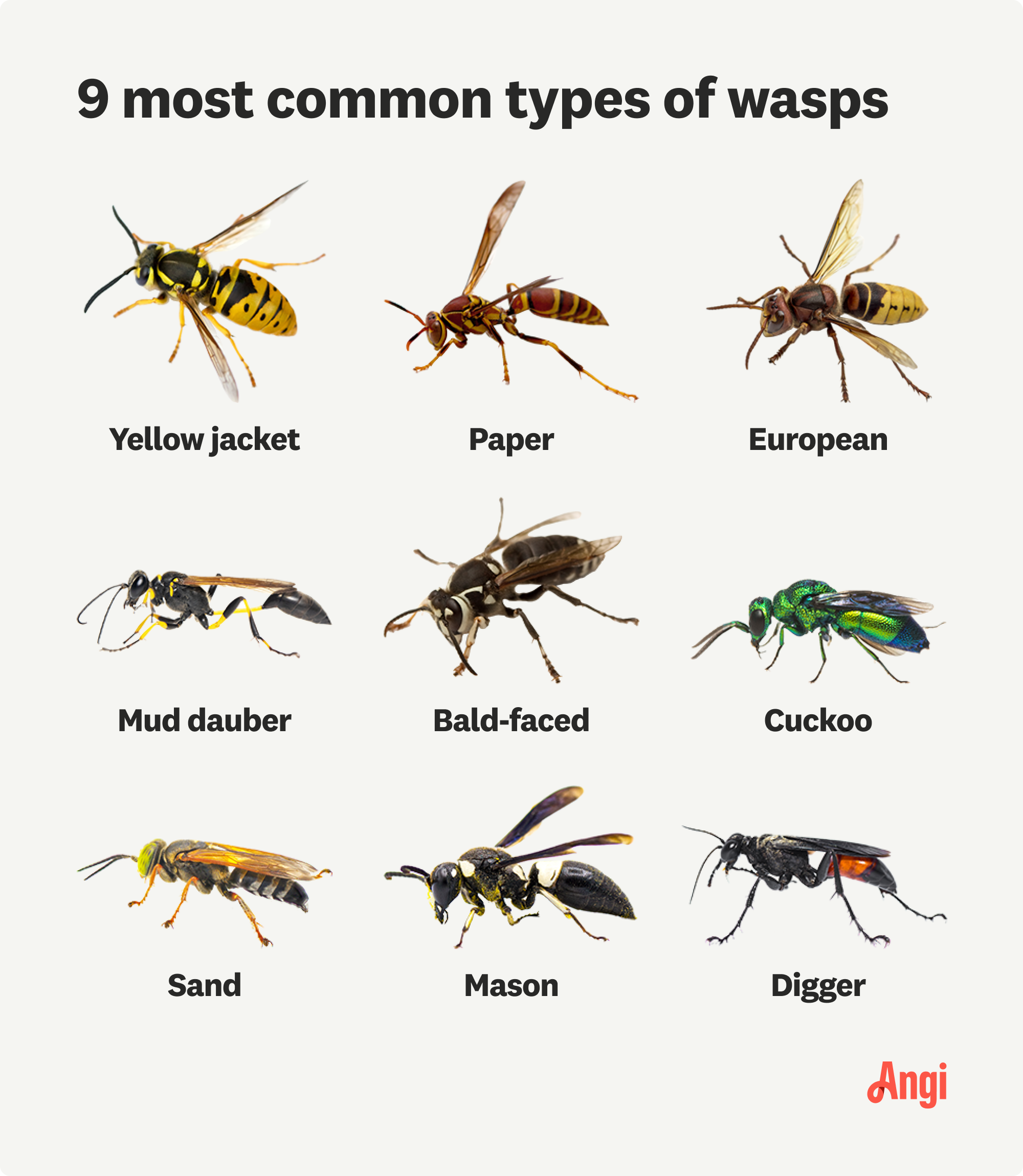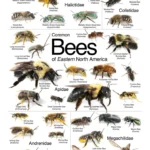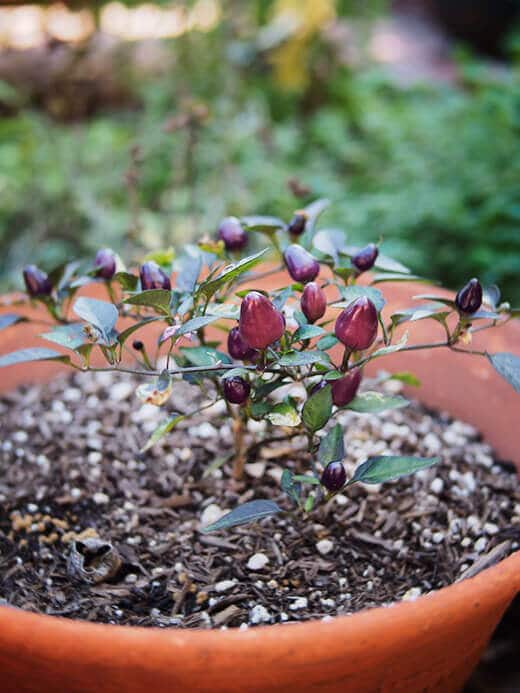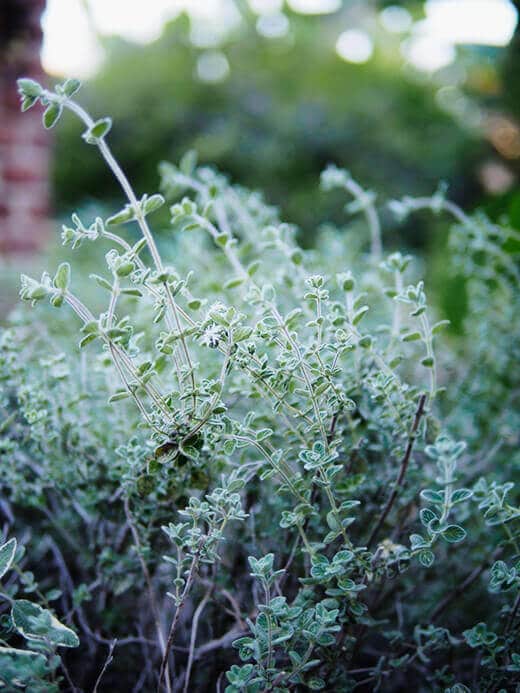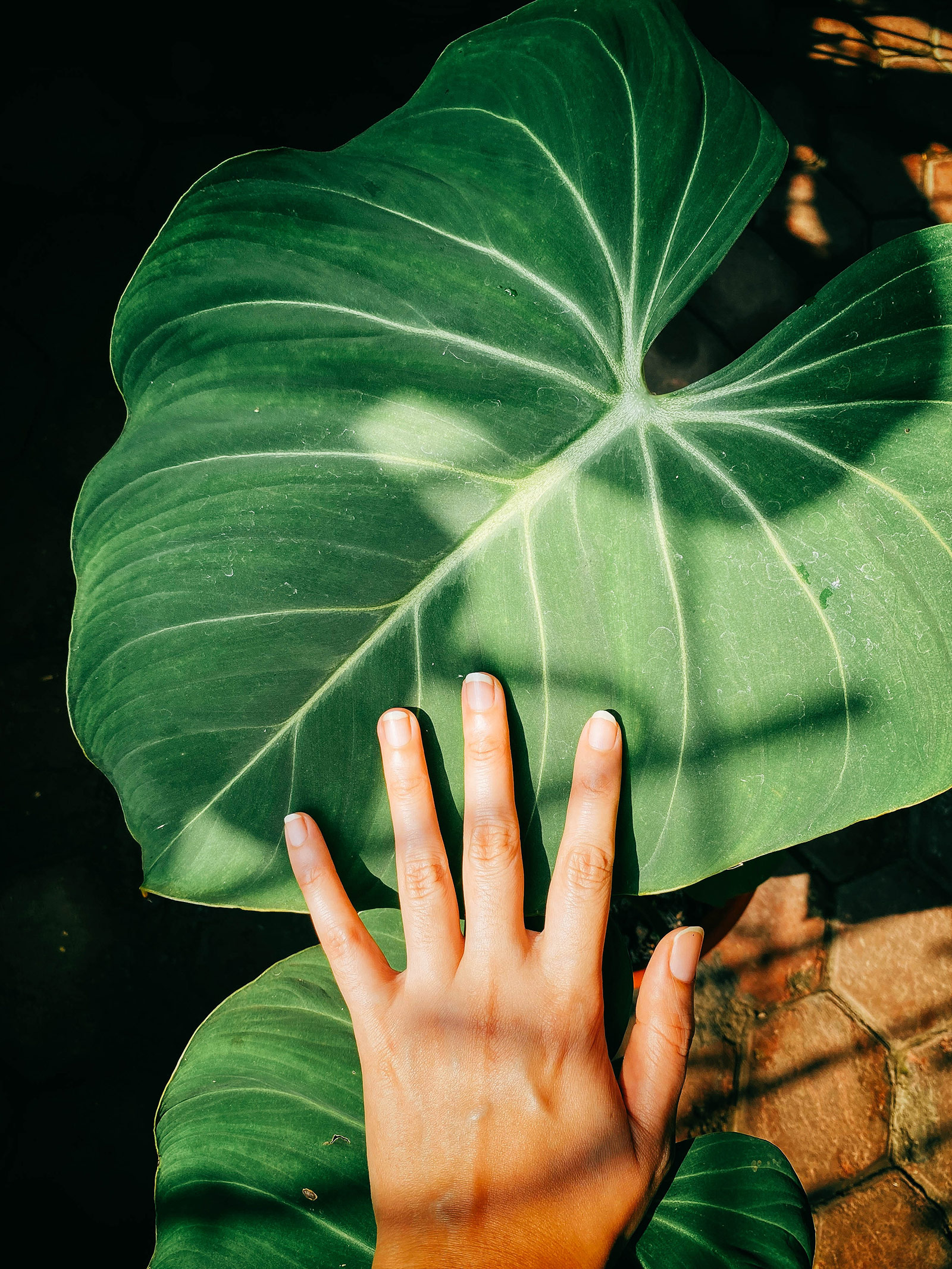Identifying the various species of wasps that may inhabit your garden or home can seem like a daunting task. With their diverse shapes, sizes, and behaviors, understanding these insects is crucial to managing them effectively. Our guide simplifies easy wasp identification with visual tips and essential knowledge about common types.
Whether you’re dealing with a solitary visitor or a bustling nest, this article offers insights into the fascinating world of wasps. From safe wasp removal techniques to recognizing aggressive wasp types, we’ll help you navigate the challenges and appreciate the ecological roles of these often misunderstood creatures.
How to Identify Different Types of Wasps?
Beginners may find the task of wasp identification overwhelming, but there are key features to look for. Size, coloration, and nesting habits are prime identifiers. For instance, paper wasps have slender bodies and long legs, whereas yellow jackets boast a more robust form and bright yellow markings.
Visual tips for wasp identification include observing their wing structure—wasps tend to fold their wings longitudinally when at rest. Additionally, most wasps have a noticeably narrow waist, connecting the thorax and abdomen, known as a petiole.
Behavior is also telling; social wasps are often seen in groups and are more aggressive in protecting their nests. In contrast, solitary wasps, like the mud dauber, are less likely to sting and are commonly found alone.
Photographic guides can be especially helpful, providing clear images to compare with the wasps you encounter. Remember, proper identification is the first step in determining the necessary approach for management or conservation.
What Are the Most Common Types of Wasps Found in Gardens?
Gardens can play host to a variety of wasp species, but some are more prevalent than others. The common backyard wasp species include yellow jackets, known for their scavenging habits, and paper wasps, which construct umbrella-shaped nests under eaves or branches.
- Yellow Jackets (Vespula spp. and Dolichovespula spp.)
- Paper Wasps (Polistes spp.)
- Mud Daubers (Sphecidae)
- European Hornets (Vespa crabro)
- Bald-Faced Hornets (Dolichovespula maculata)
Each species has distinct characteristics and roles in the ecosystem, such as pest control. By recognizing these common wasps, you can better appreciate their presence or take steps to manage their populations if necessary.
How Do Wasps Differ from Bees and Hornets?
Wasps are often mistaken for their close relatives, bees, and hornets. While they share some similarities, there are distinct differences. Wasps tend to have less hair on their bodies compared to bees and possess a more defined waist. Hornets, a type of wasp, are usually larger and can be more aggressive.
Behaviorally, bees are primarily pollinators and feed on nectar, while wasps are predators or scavengers. Many wasps play a crucial role in pest control by feeding on other insects. Understanding these differences aids in correct identification and informs how to coexist with them or manage their presence safely.
What Are the Key Features of Social and Solitary Wasps?
Social and solitary wasps differ greatly in their lifestyle and nesting habits. Social wasps, like yellow jackets and paper wasps, live in colonies and work together to build nests and care for their young. They are often more defensive and can be a nuisance if nests are located near human activity.
Solitary wasps, such as the cicada killer or mud dauber, do not form colonies and often nest in the ground or in small crevices. These wasps are generally less aggressive and are unlikely to sting unless provoked. They are excellent natural pest controllers, often targeting specific prey to feed their larvae.
How Can You Safely Remove a Wasp Nest?
If a wasp nest poses a threat to your household, safe removal is essential. It is often recommended to seek professional pest control, particularly for large nests or when allergic individuals are present. Should you decide to tackle the task yourself, ensure you have the proper protective gear and choose a time when wasps are less active, such as at night.
Various methods, including sprays and traps, can be used depending on the nest’s location and size. Safe wasp removal techniques should always prioritize your safety and consider the ecological impact of the method chosen.
What to Do If You Get Stung by a Wasp?
Wasp stings can be painful and, for some, potentially dangerous. If you are stung, the first step is to remove the stinger if it’s left in the skin. Clean the area with soap and water, and apply a cold pack to reduce swelling. Over-the-counter pain relievers and antihistamines can help manage discomfort and itchiness.
Monitor for signs of an allergic reaction, such as difficulty breathing or hives. In such cases, seek immediate medical attention. Most stings, however, can be treated at home and will heal without serious complications.
How to Spot Invasive Wasp Species in Your Area?
Invasive wasp species, like the Asian hornet, can pose significant threats to local ecosystems and species. Being vigilant and knowledgeable about these invaders is key to early detection and control. Look out for unfamiliar wasp types and report sightings to local wildlife or pest control authorities.
Characteristic features of invasive species may include unusual size, markings, or behaviors. Stay informed about alerts in your area and participate in community efforts to monitor and manage these threats.
Questions Related to Easy Wasp Identification and Management
How Can I Tell What Kind of Wasp I Have?
To identify the kind of wasp you have, observe its physical features, such as size, color, and nesting behavior. Compare these traits with reliable visual guides or seek assistance from local extension services or pest control professionals.
Understanding wasp species is crucial for effective management and ensuring safety. Take note of body shape, wing patterns, and any distinctive markings that could help differentiate between species.
What Does WD-40 Do to Wasps?
WD-40, while not a pesticide, has been reported to repel wasps due to its strong odor. However, it’s not a long-term solution for wasp control and can be harmful to the environment. It is advisable to use products specifically designed for wasp management.
Should I Get Rid of Cicada Killer Wasp?
Cicada killer wasps, despite their daunting appearance, are generally not aggressive towards humans. They play a role in controlling cicada populations. Before deciding to remove them, consider their ecological benefits and the potential impact on local biodiversity.
What Bug Is Mistaken for a Wasp?
Hoverflies are often mistaken for wasps due to their mimicry of wasp coloration and patterns. This resemblance is a defense mechanism against predators. Unlike wasps, hoverflies do not sting and are beneficial pollinators.
As we delve deeper into the subject of wasp identification and management, let’s take a moment to view an informative video that provides a closer look at these fascinating insects:
In conclusion, understanding and correctly identifying wasps is the cornerstone to living harmoniously with them or managing their presence when necessary. With the tips and knowledge provided in this guide, you are now better equipped to recognize the various common types of wasps and take informed actions. Remember, whether you’re a beginner or a seasoned enthusiast, respect for these creatures and their role in our ecosystems is paramount.

